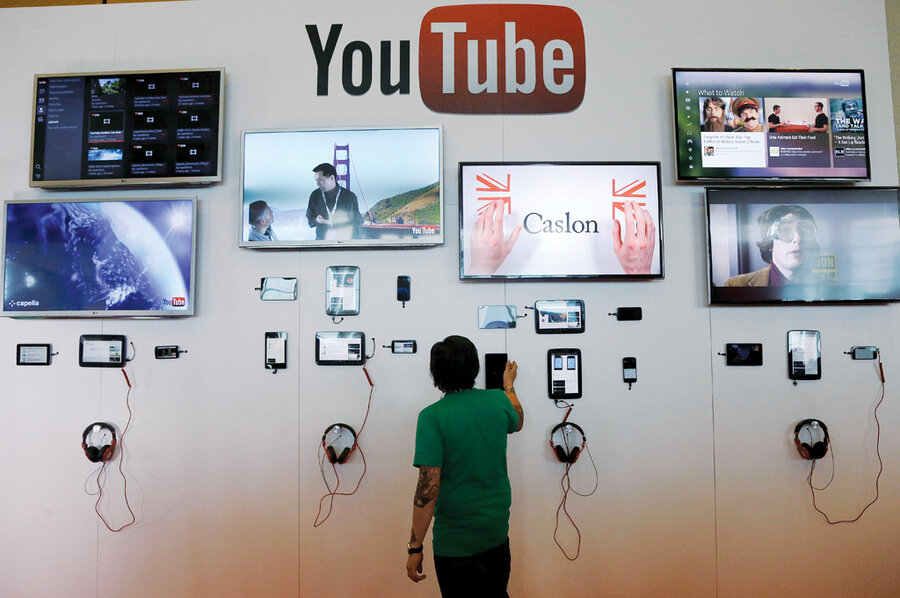YouTube goes Internet-less: offline videos available in November
Loading...
In November, YouTube will roll out a new feature for its mobile application that allows users to view videos from the site while offline.
Now viewers’ ability to watch YouTube won’t be interrupted by “something as simple as a morning commute” says YouTube on its Creators blog on Tuesday.
The service will allow users to pre-download videos from YouTube that can be streamed while offline. The amount of video that YouTube to will allow each user to download is yet to be announced, but the feature will be hosted on YouTube’s app on Android and iOS. According to AllThingsD.com, ads will still be run on the videos and viewers will be able to save the clips on their phone for up to 48 hours.
This builds off Google’s experimentation with Preload, a feature that YouTube added to its Android app this summer. With Preload, customers could store videos from their channel subscriptions or “Watch Later” list for later mobile playback. However, in that case, customers had to watch at least one second of the video online before they could store it.
While the app update may be a smooth transition for morning commuters, it may not be such a simple change for music labels and other companies that host copyrighted material on the website. There may need to be new licensing agreements. Currently 64 percent of US teens use YouTube to listen to music, so this is definitely an issue that is bound to pop up.
This is also a big switch for YouTube as video downloads of any sort are currently prohibited by YouTube’s rules, though there are plenty of third-party apps and browser extensions that allow viewers to do this. However, with more than 1 billion views each day and 25 percent of the service’s global “watch time” coming from mobile devices, YouTube is likely looking to make viewing easier via their own service.
This feature rollout comes after another update to YouTube’s mobile app that seems to be focusing on the mobile device viewer. In August, they included an update that lets mobile viewers browse for their next video, while watching their current video. In addition, YouTube's founders introduced a new video app called MixBit that allows users to record videos and mash clips together to create a 16-second video.









